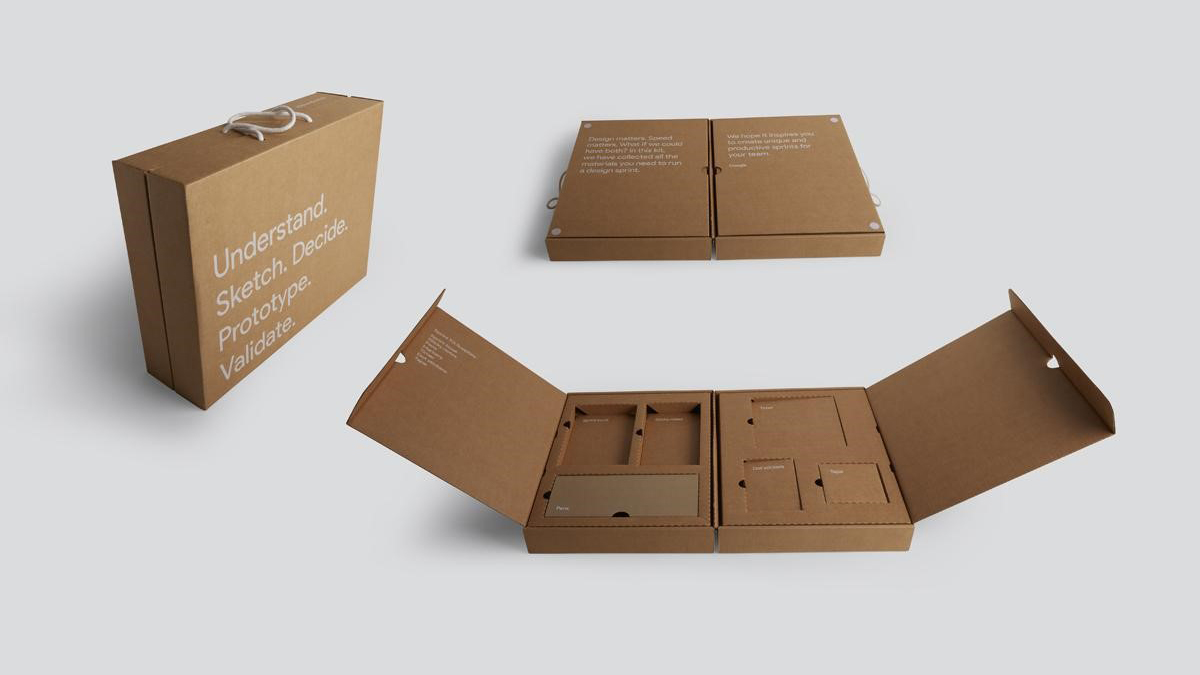How to Create Sustainable Packaging?
Creating sustainable packaging involves considering environmental impact throughout the product's lifecycle, from raw material sourcing to end-of-life disposal. Here's a step-by-step guide to designing more eco-friendly packaging:
Material Selection: Choose renewable, recycled, or biodegradable materials. Look for options like recycled paper, cardboard, bioplastics (made from plant-based sources), or compostable materials. Avoid single-use plastics and non-renewable resources.
Minimalism: Design packaging that uses the least amount of material necessary while still protecting the product. This reduces waste and lowers carbon emissions from production and transportation.
Reusable & Recyclable Design: Ensure your packaging can easily be recycled or repurposed. Use clear labeling to indicate recycling instructions and include recycling symbols. Consider designs that encourage reuse, such as durable containers.
Energy-Efficient Production: Opt for manufacturing processes that minimize energy consumption and emissions. This could mean using renewable energy sources or implementing efficient production methods.
Life Cycle Assessment (LCA): Conduct an LCA to understand the total environmental impact of your packaging, from raw material extraction through manufacturing, distribution, use, and disposal.
End-of-Life Options: Plan for the package's end-of-life, whether that's through established recycling programs, composting facilities, or encouraging customers to return packaging for reuse.
Collaborate and Innovate: Partner with suppliers, designers, and recyclers to innovate and improve sustainability practices. Keep up-to-date with new technologies and materials in sustainable packaging.
Consumer Education: Inform consumers about the sustainable features of your packaging and how to properly dispose of or recycle it. Engage them in your sustainability journey.


